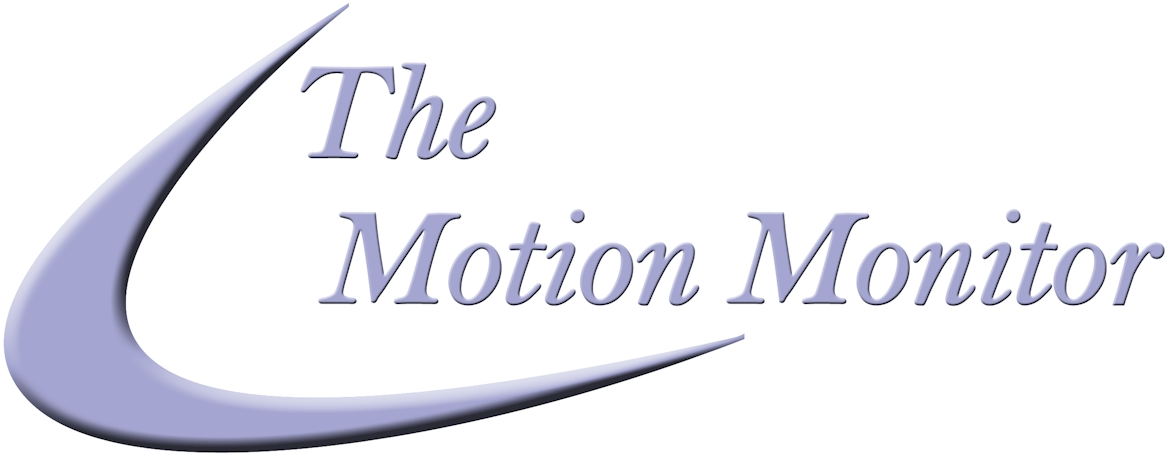Advancing University Research with Mission-Driven Motion Science
Introduction
In recent years, I sense the approach to building a department’s reputation is evolving. Increasingly, department leaders are adopting a mission-driven strategy, emphasizing a clear purpose and structured growth over the traditional reliance on individual faculty reputations. We’ve noticed this trend across the academic spectrum, from R1 universities to community colleges.
Challenges of the Traditional Model
Historically, departments often sought to enhance their standing by recruiting prominent faculty with substantial start-up funds to establish research labs. This approach often resulted in “personal” labs that augmented the reputation of the professor as much as the department. And it presented significant challenges for department leadership:
-
- Funding Shortfalls: Start-up packages frequently fell short of the actual costs required, leaving faculty and departments under-resourced.
- Internal Resource Strains: Limited funding created competition among faculty, often leading to frustration and dissatisfaction.
- Sustainability Issues: When star faculty were recruited away by other institutions, they often left behind underutilized labs that were difficult to repurpose, adding further strain to departmental resources.
These challenges not only strained budgets but also hindered the collaborative culture that is a hallmark of high-performing departments.
A New Strategy: Mission-Driven Development
A growing number of departments are now adopting a more strategic and cohesive approach. This involves three key steps:
-
- Defining a Clear Mission: Establishing a specific area of focus or specialty that aligns with the department’s long-term goals.
- Securing Appropriate Resources: Ensuring the acquisition of space, equipment, and infrastructure that support the defined mission.
- Recruiting Aligned Talent: Attracting faculty whose expertise and vision complement the department’s objectives.
This intentional approach fosters unity, encourages collaboration, and creates a strong departmental identity. Importantly, it ensures that resources are allocated effectively to support both teaching and research goals at a lower overall cost to the department.
Cost-Effectiveness Through Strategic Alignment
While building a reputation for excellence requires investment, this mission-first strategy can ultimately reduce costs. By aligning resources with a clear purpose, departments can:
-
- Avoid Redundancy: Investments in infrastructure and equipment are carefully planned to meet current and future needs.
- Enhance Collaboration: A shared mission minimizes internal competition and fosters a cooperative environment.
- Ensure Longevity: Faculty hired under this model are more likely to remain committed to the department’s vision, contributing to sustained success.
A Path to Excellence
In an increasingly competitive academic landscape, the ability to stand out requires more than individual brilliance—it demands a unified vision and strategic execution. By defining a mission, securing the right resources, and recruiting talent aligned with their goals, departments can build a legacy of excellence that attracts students, faculty, and external partnerships alike.
Departments that embrace this formalized, mission-driven approach are well-positioned to lead not only in their fields but also in shaping the future of interdisciplinary research and education.
Lee
ljohnson@TheMotionMonitor.com


